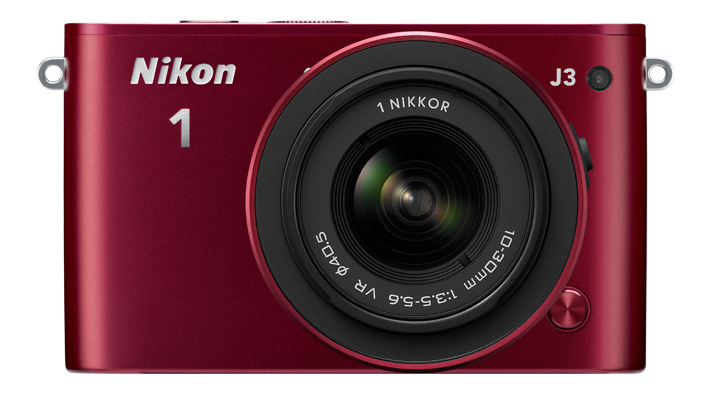Why you can trust TechRadar
Despite the fact that the Nikon 1 compact system cameras have significantly smaller sensors than competition from most of the rest of the industry, we've always found them to be solid performers. With an increase in pixel count and a new image processor, we had high hopes for the Nikon 1 J3.
Overall, the camera does produce pleasing images, with bright and punchy colours that are nice and vibrant straight out of the camera. There's a fair amount of detail, and images are reasonably sharp.
However, on running the camera through our lab tests initially, we were a little disappointed by the results. It scored significantly lower than its predecessor, the J2, on both signal to noise ratio and dynamic range, in both JPEG and raw shooting modes. However, results were improved when testing a second sample - perhaps indicating some variation between cameras.
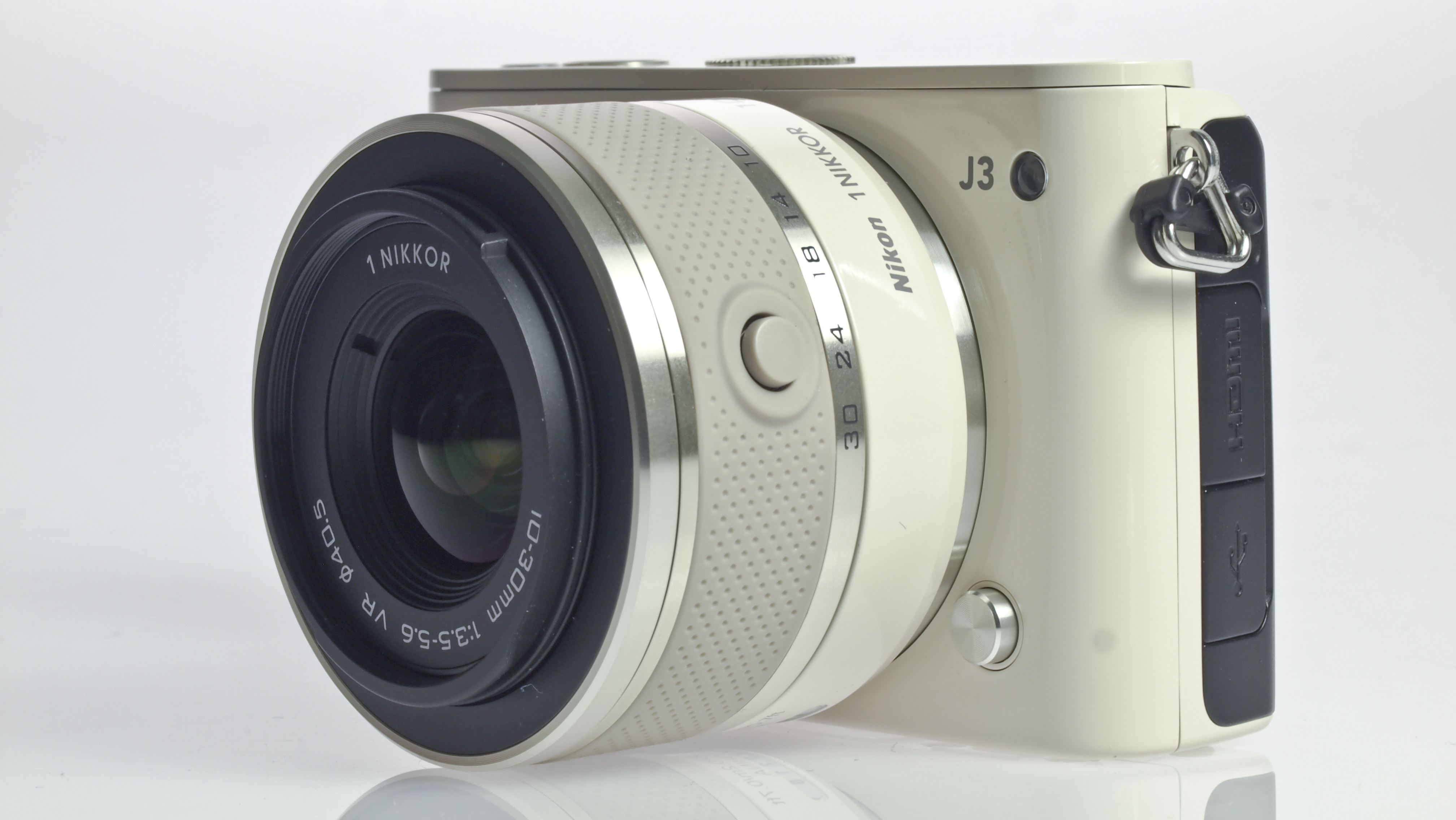
The standard lens that is bundled with the camera is a 10-30mm optic, which covers an effective focal length of 27-81mm, a decent range that will suit a number of different situations.
By shooting at a narrow aperture, such as f/8, we can assess the sharpness of the lens up to the corners of the frame. The camera produces reasonably sharp images, though there is some drop off towards the very edge of the corners.
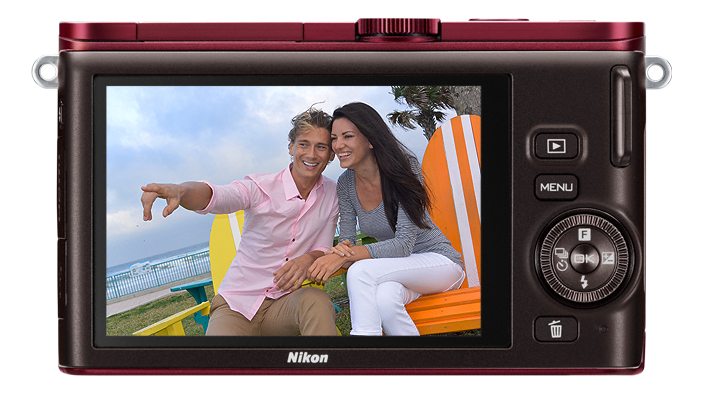
Examining images at 100% also reveals that the detail is a little soft, but when printing at standard sizes, or viewing at normal sizes on a screen, this shouldn't present too much of a problem.
Multi-purpose Matrix metering does a good job, even with mixed lighting conditions. When shooting in P/A/S/M modes, you can also alter metering modes to choose from Center-weighted and Spot metering if you find that Matrix isn't doing a good enough job.
Even though the sensor is relatively small, there's still good scope for creating images with a shallow depth of field effect. This is even true of the kit optic, which has a maximum aperture of f/3.5.
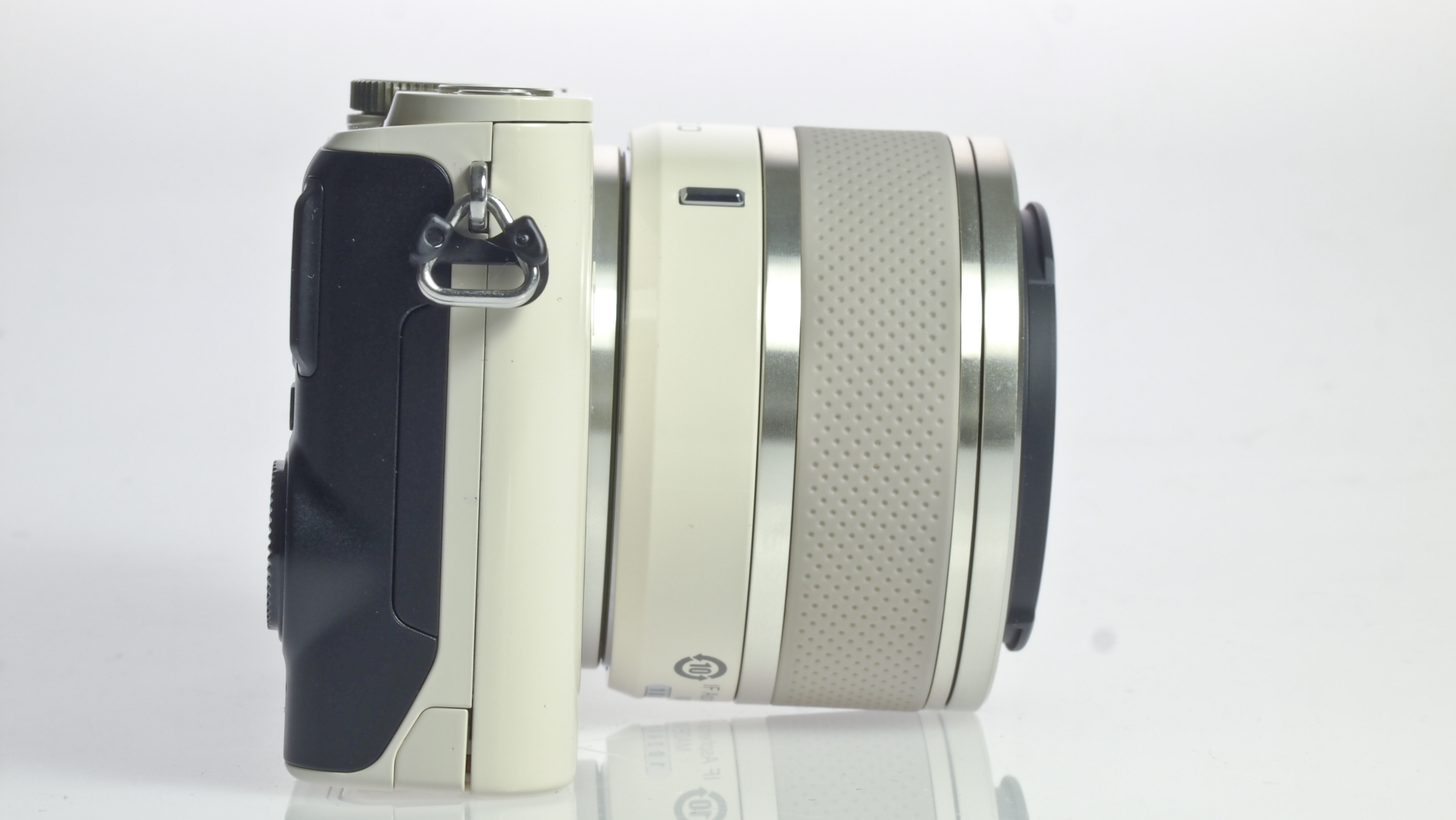
When shooting with a lens which has an aperture of f/1.8 we can really assess the quality of focus drop-off, and happily, these are rendered very well with some great, pleasingly bokeh effects on occasion.
Nikon added new creative filters to the J2, presumably in a bid to compete with the likes of Instagram et al, and these have remained on the Nikon 1 J3. Unfortunately, these are still nothing to write home about, and it is certainly beaten by others in the market - if you like that kind of thing.
We think it's better to experiment with Picture Styles anyway, which can be found in the Main Menu when shooting in semi-automatic or manual modes.
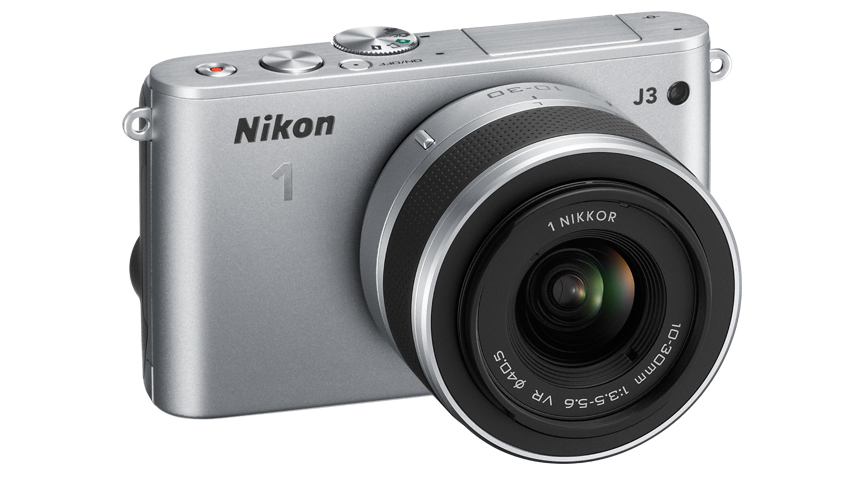
Here you can access settings such as Monochrome, which can be customised to your own preferences, perhaps ramping up the contrast or shooting in sepia for example.
One of the best things about shooting with these is that you can shoot in raw format, so should you need access to the "clean" file, you can have it. Other Picture Styles, such as Landscape and Portrait, can also be adjusted as necessary, and are useful for getting good colours from the specific subject you're photographing.
The digital filters that are available are Selective Colour, Soft and Miniature Mode. You can only shoot in JPEG mode with those, so you'll be stuck with whatever you shoot.
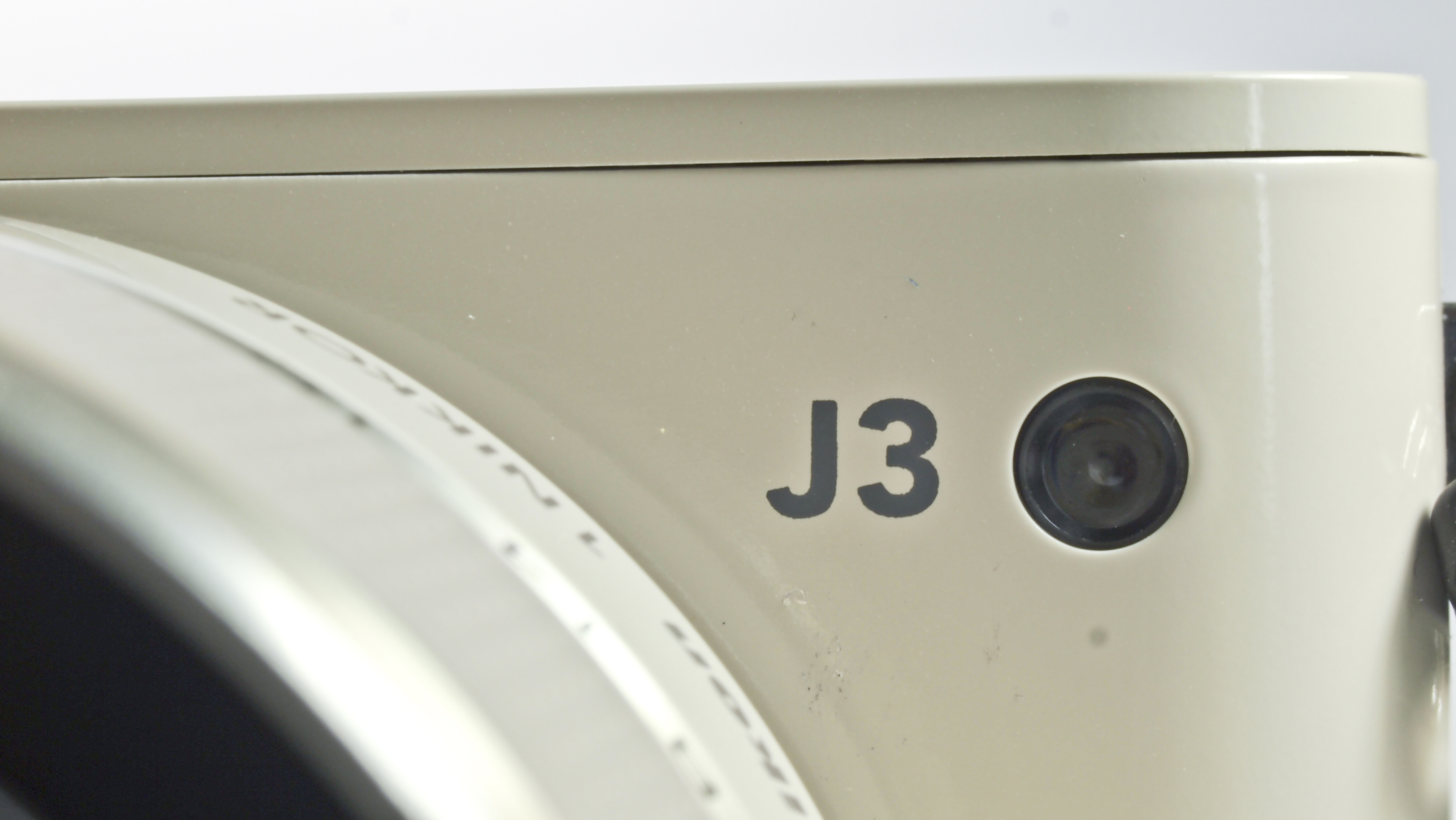
One of the most fun features of the Nikon 1 system is Motion Snapshot mode. This takes a one-second long, slow-motion video, combining it with a still photo to produce a sort of "living image" effect.
It's a great mode to play around with, and Nikon has made one vital improvement to the way these are recorded for the J3 - they can now be output as a single, unified file, so you can watch it back on your computer or smart devices. Previously, it was output as two separate files, so could only be watched easily on the camera itself.
Smart Photo Selector has been one of the key selling points of the Nikon 1 system. It works by shooting 20 high resolution images before and after the shutter button has been released. The camera then automatically chooses the best five images, from which you can choose your favourite.
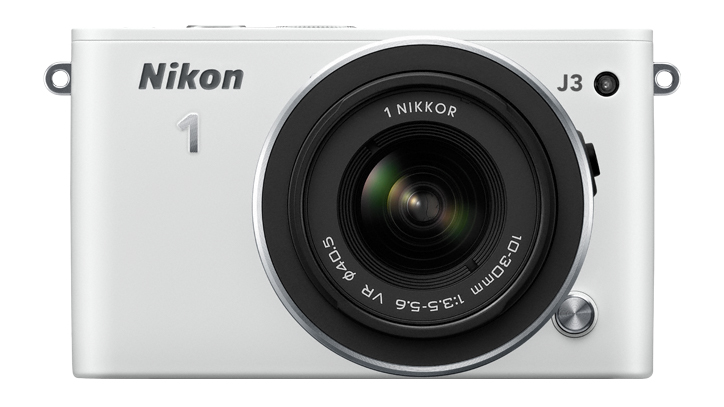
Nikon has also added a variant on this, called Slow View, which takes a little explaining. This works by shooting a series of frames as you half-press the shutter. You can then watch, so long as your finger is half-pressed, those frames going round and round on the screen. When you spot the one you want to keep, fully depress the shutter button and it will be saved to the card.
Both are excellent options for shooting action, or fast-moving subjects, such as children, since it helps to capture those easy-to-miss moments.
The screen, with its high (920k dot) resolution, is a good performer, not suffering too badly from glare or reflections, even in reasonably bright sunlight. It's a shame it's not articulated for even better viewing from awkward angles though, especially because there's no option to add an additional EVF. But the angle of view is pretty good nevertheless.
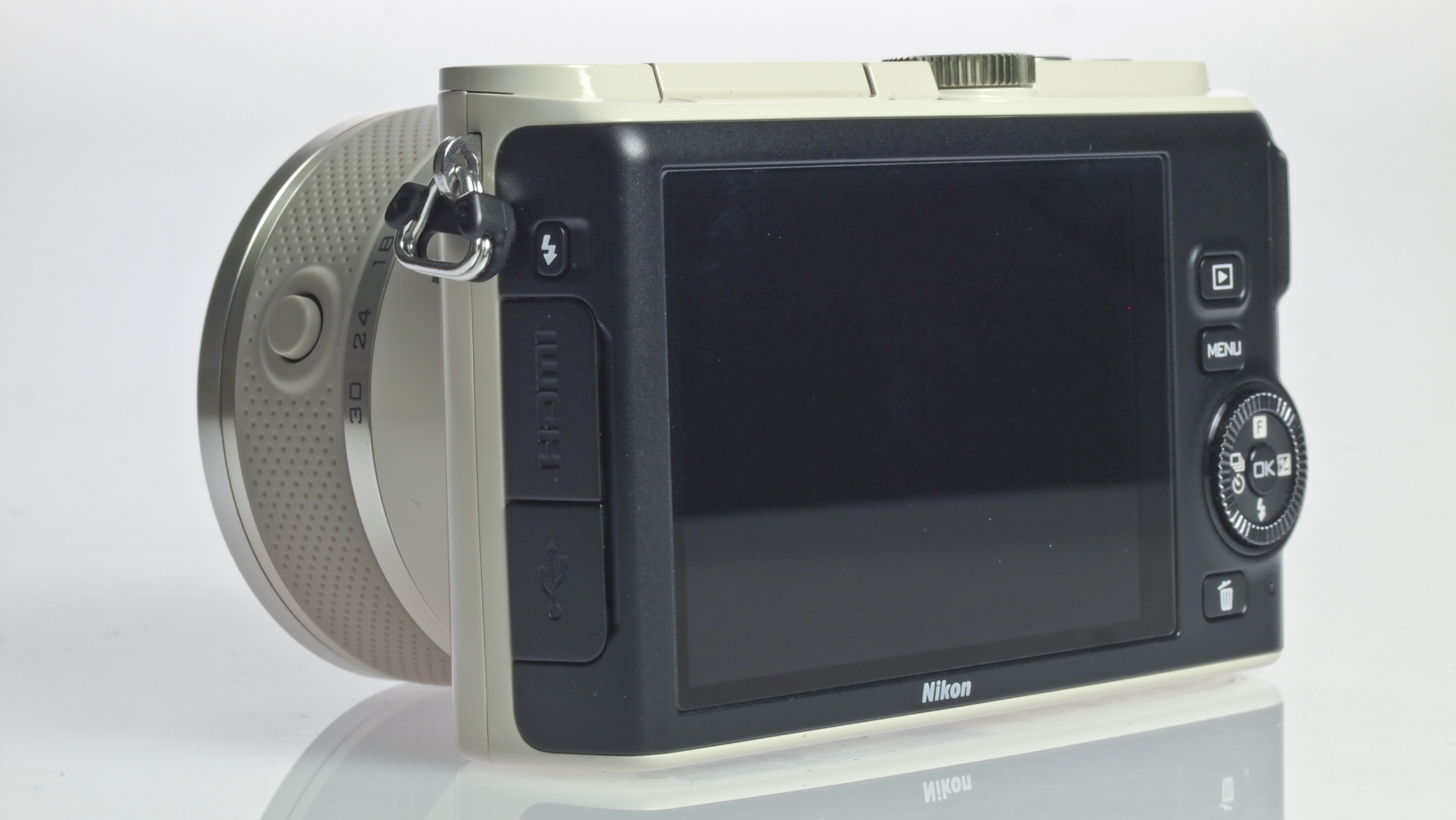
Current page: Performance
Prev Page Build quality and handling Next Page Image quality and resolutionAmy has been writing about cameras, photography and associated tech since 2009. Amy was once part of the photography testing team for Future Publishing working across TechRadar, Digital Camera, PhotoPlus, N Photo and Photography Week. For her photography, she has won awards and has been exhibited. She often partakes in unusual projects - including one intense year where she used a different camera every single day. Amy is currently the Features Editor at Amateur Photographer magazine, and in her increasingly little spare time works across a number of high-profile publications including Wired, Stuff, Digital Camera World, Expert Reviews, and just a little off-tangent, PetsRadar.
